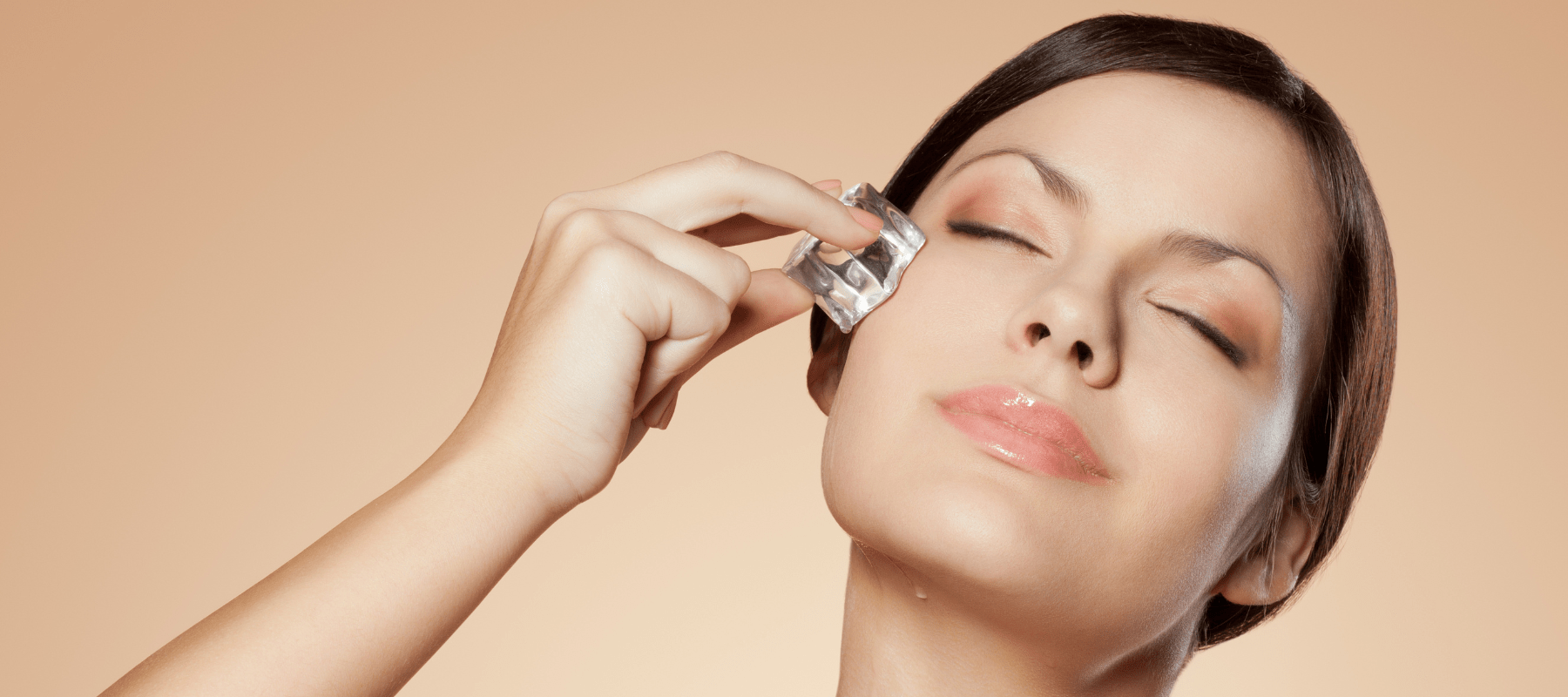
Ice on pimples: Does it help and what are the alternatives?
Pimples present a bothersome, sometimes painful experience. In pursuit of a rapid remedy, many turn to the traditional practice of applying ice to their pimples. However, does this method truly deliver results? If it does, what are the more effective methods for eliminating these pesky lumps?
This article delves into the effectiveness of employing ice on pimples while exploring some leading alternatives to attain clearer, healthier skin.
Can ice help a pimple?
The million-dollar question: ‘Can ice reduce pimple?’ Reducing swelling, redness, and inflammation is the rationale behind using ice to a pimple. Ice reduces blood vessels in the afflicted area, momentarily numbing the skin and lessening the visibility of the zit. Even though using ice to a pimple could provide some temporary comfort and enhancement, it's crucial to recognize its limitations.
1. Temporary relief
Wondering, ‘Can ice help a pimple?’ Applying ice on a pimple can provide a quick reduction in redness and swelling. This can be especially helpful before an important event when you want to make the pimple less noticeable.
2. Pain relief
Ice can also help alleviate the discomfort associated with inflamed pimples. The cold temperature can numb the area, providing a mild analgesic effect.
3. Reduced pore size
Some individuals claim that icing a pimple can help tighten the skin, reducing the size of the pore temporarily.
Remember that icing a pimple is not a long-term solution. It simply mitigates symptoms, failing to address or treat the underlying causes of acne. Moreover, the effects of icing are often short-lived and may not lead to overnight results.
Also read: Can We Really Apply Ice on Pimples?
Does ice help pimples overnight - or is there something better?
While overnight icing of a pimple might not manifest as a miraculous cure, it potentially offers relief and diminishes prominence by morning. Should you choose to experiment with this method, adhere to the following steps:
1. Cleanse your face
Before applying ice, make sure to wash your face with a gentle cleanser like the Clearing & Calming Acne Face Wash. This will remove excess oils and dirt from your skin.
2. Prepare the Ice
Place some ice cubes in a clean cloth or a plastic bag, then wrap it to prevent direct contact with your skin. Direct ice contact can cause frostbite and further damage.
3. Ice application
Gently press the wrapped ice against the pimple for 1-2 minutes. Avoid excessive pressure or prolonged exposure to prevent skin damage.
4. Moisturise
After icing, apply the Acne Care & Healing Gel Moisturiser with Tea Tree & Cica to keep your skin hydrated.
While ice can offer some benefits when dealing with a pimple, there are more effective alternatives to consider for long-term acne management and prevention.
Top alternatives to applying ice on pimples
The best options other than applying ice on pimples are:
1. Topical acne treatments
Over-the-counter (OTC) acne medications containing salicylic acid like the Overnight Acne Spot Corrector, benzoyl peroxide or retinoids may provide more effective treatment for the underlying causes of acne. They can lessen inflammation, clear clogged pores, and stop breakouts in the future. See a dermatologist for recommendations for specific products.
2. Prescription medications
In severe cases of acne, a dermatologist may prescribe stronger medications such as oral antibiotics, hormonal therapy, or topical treatments. These options can be highly effective but should be used under professional guidance.
3. Proper skincare routine
Maintain your skin's health and prevent breakouts by consistently implementing a skincare regimen. This routine should include washing, exfoliation with the Overnight Exfoliating AHA BHA Radiance Mask, and moisturising. Tailor the selection of skincare products to correspond with your specific skin type.
Also read: Summer Skin Care Routine: Tips for a Healthy Summer Skin
4. Diet and lifestyle changes
Regular exercise and a well-balanced diet can contribute to the prevention of pimples.
5. Natural remedies
For spots, some people choose to use natural remedies like tea tree oil, aloe vera, or honey. Thereby, the Acne Care & Healing Gel Moisturiser with Tea Tree & Cica is a potent addition to any skin care regimen.
6. Pimple patches
Pimple patches are adhesive hydrocolloid patches that can help absorb pus and reduce inflammation. They are a convenient and effective way to address individual pimples.
7. Professional treatments
Procedures like chemical peels, microdermabrasion, or laser therapy can provide more long-lasting results. Consult a dermatologist for guidance on the best professional treatment for your specific skin concerns.
8. Lifestyle adjustments
Proper sleep, stress management, and avoiding habits like picking or squeezing pimples can have a significant impact on your skin's health.
In conclusion
While applying ice to a pimple can offer some temporary relief and reduction in redness and swelling, it is not a long-term solution for acne management. To effectively address and prevent pimples, consider alternatives such as topical acne treatments, prescription medications and a proper skincare routine. Consulting a dermatologist for personalised advice is crucial to finding the most suitable approach for your unique skin needs. Remember, clear, healthy skin is often the result of a combination of strategies and ongoing care.
FAQs
1. Does ice help pimples overnight?
Ice can reduce swelling temporarily but won't eliminate pimples overnight.
2. What's the best OTC acne treatment?
Salicylic acid and benzoyl peroxide are effective OTC options for acne.
3. Can diet affect acne?
Yes, diet can influence acne. A balanced diet with less sugar and processed foods may help.
4. Is it okay to pop pimples?
Avoid popping pimples. It can lead to scarring and worsen the inflammation.
5. What's the ideal skincare routine?
A routine includes cleansing, exfoliating, and moisturising. Customise it based on your skin type.



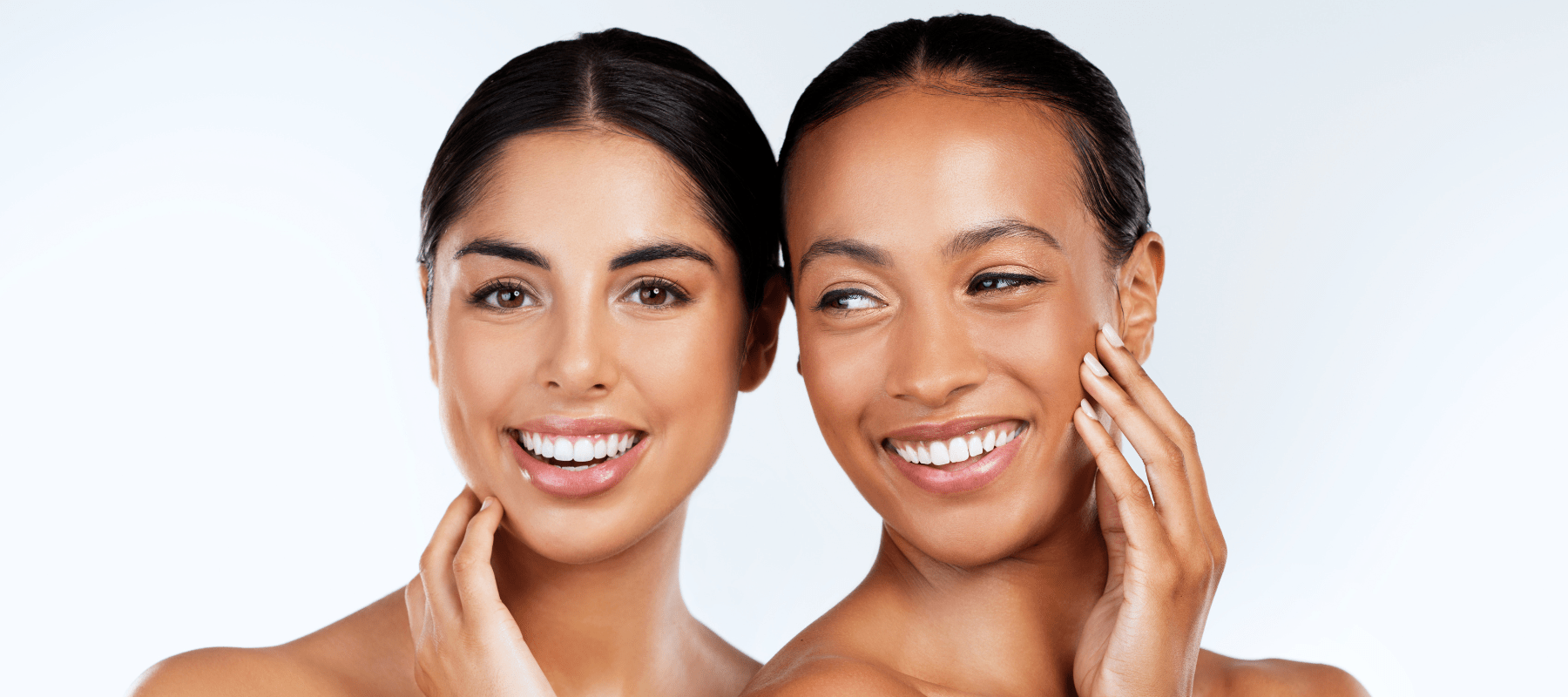


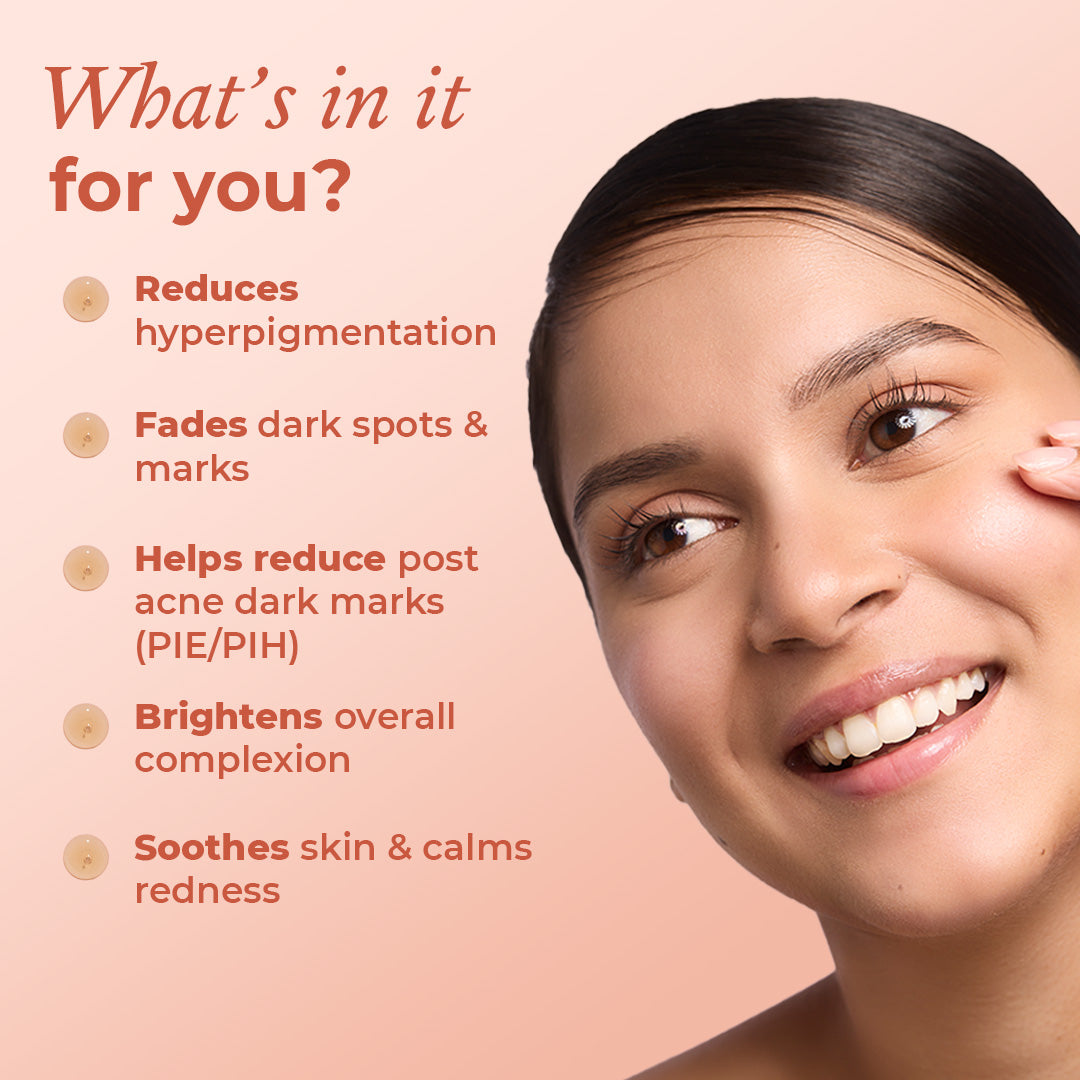

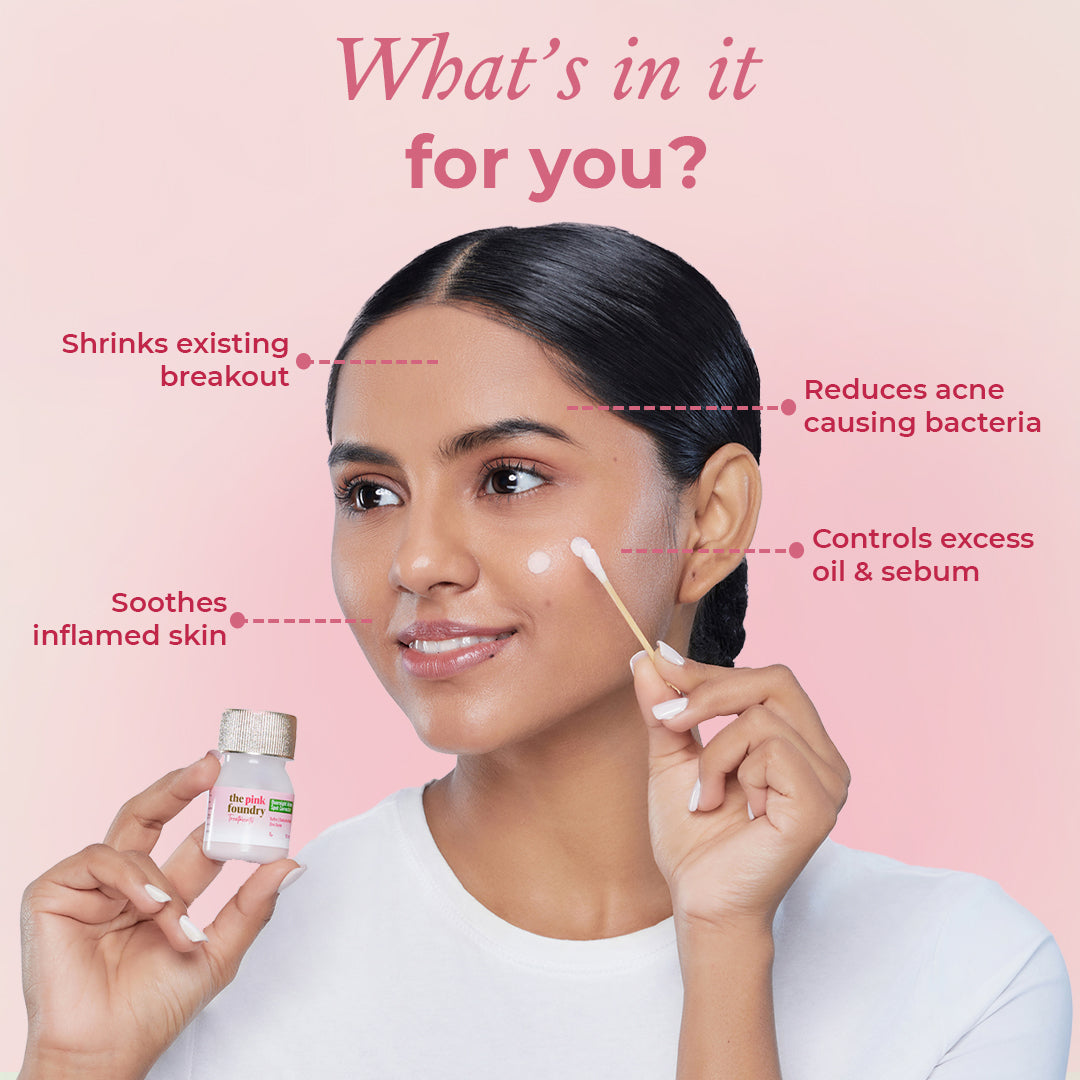
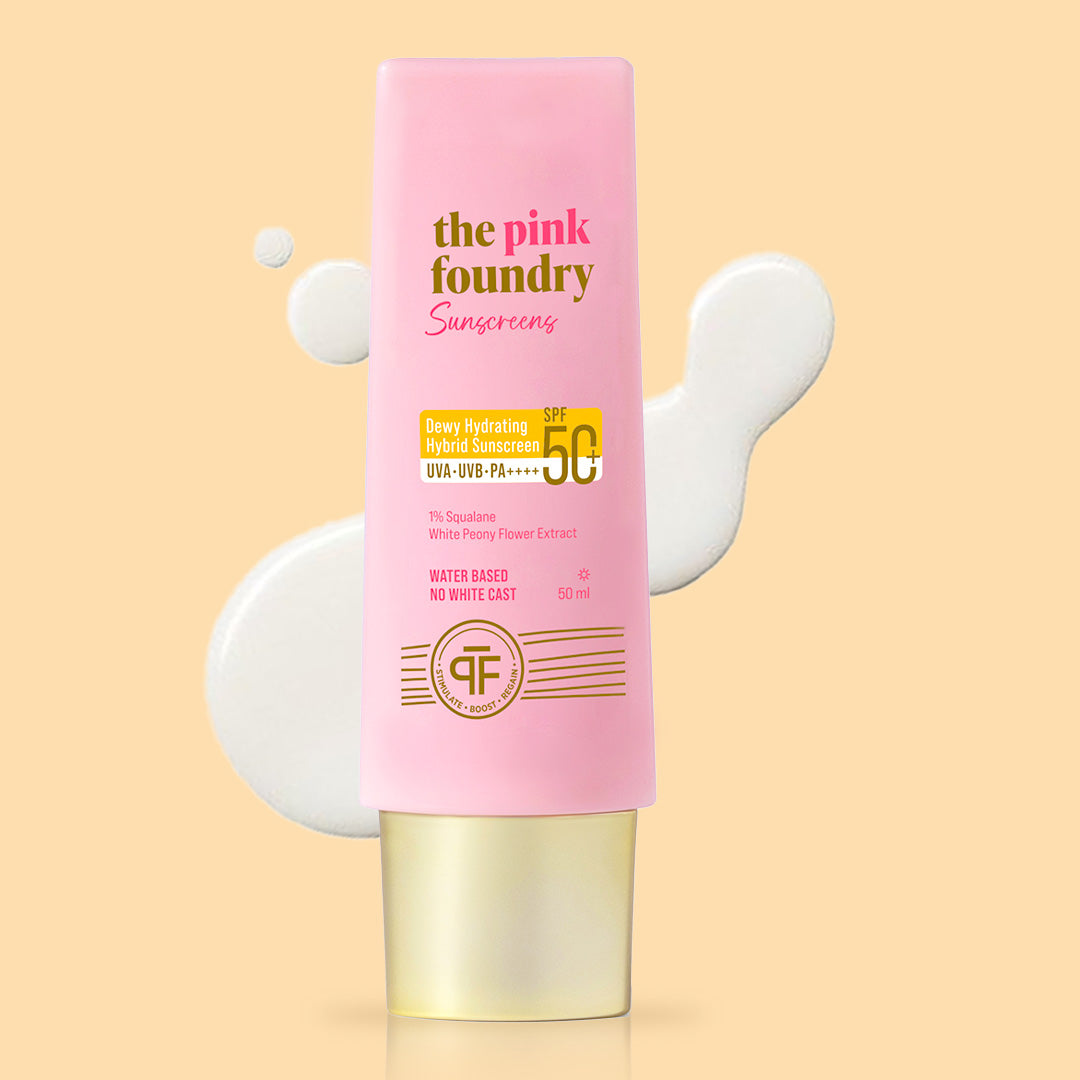
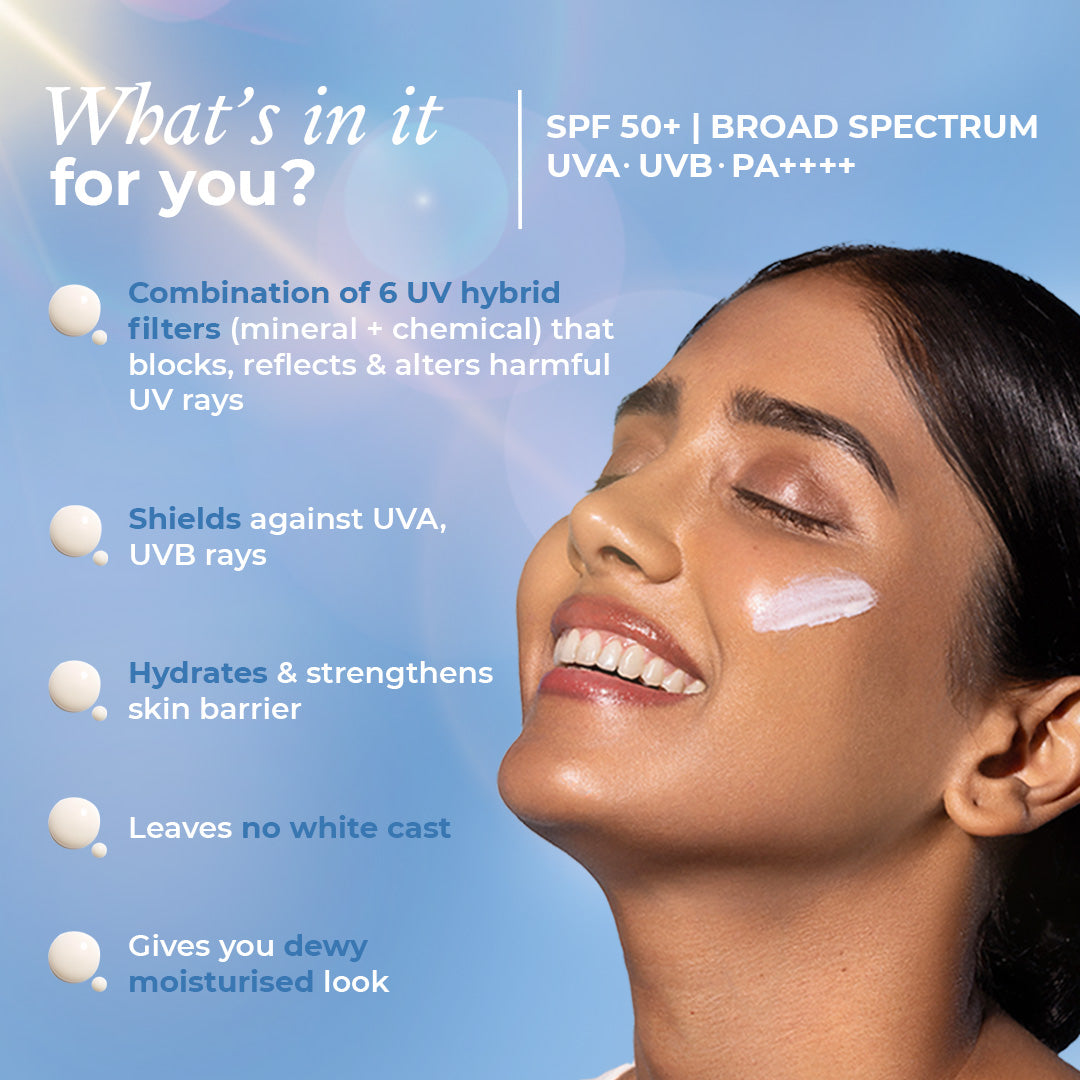
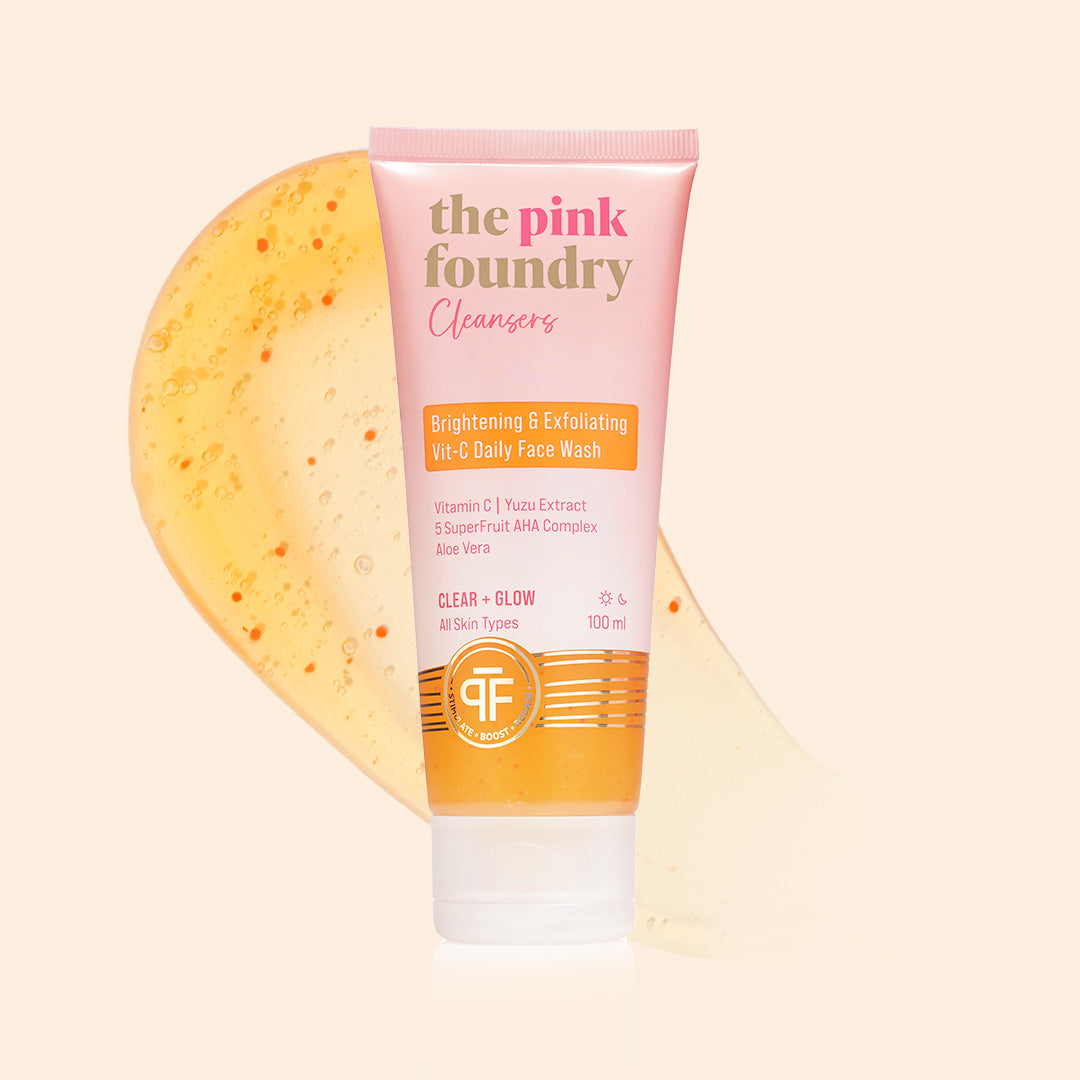
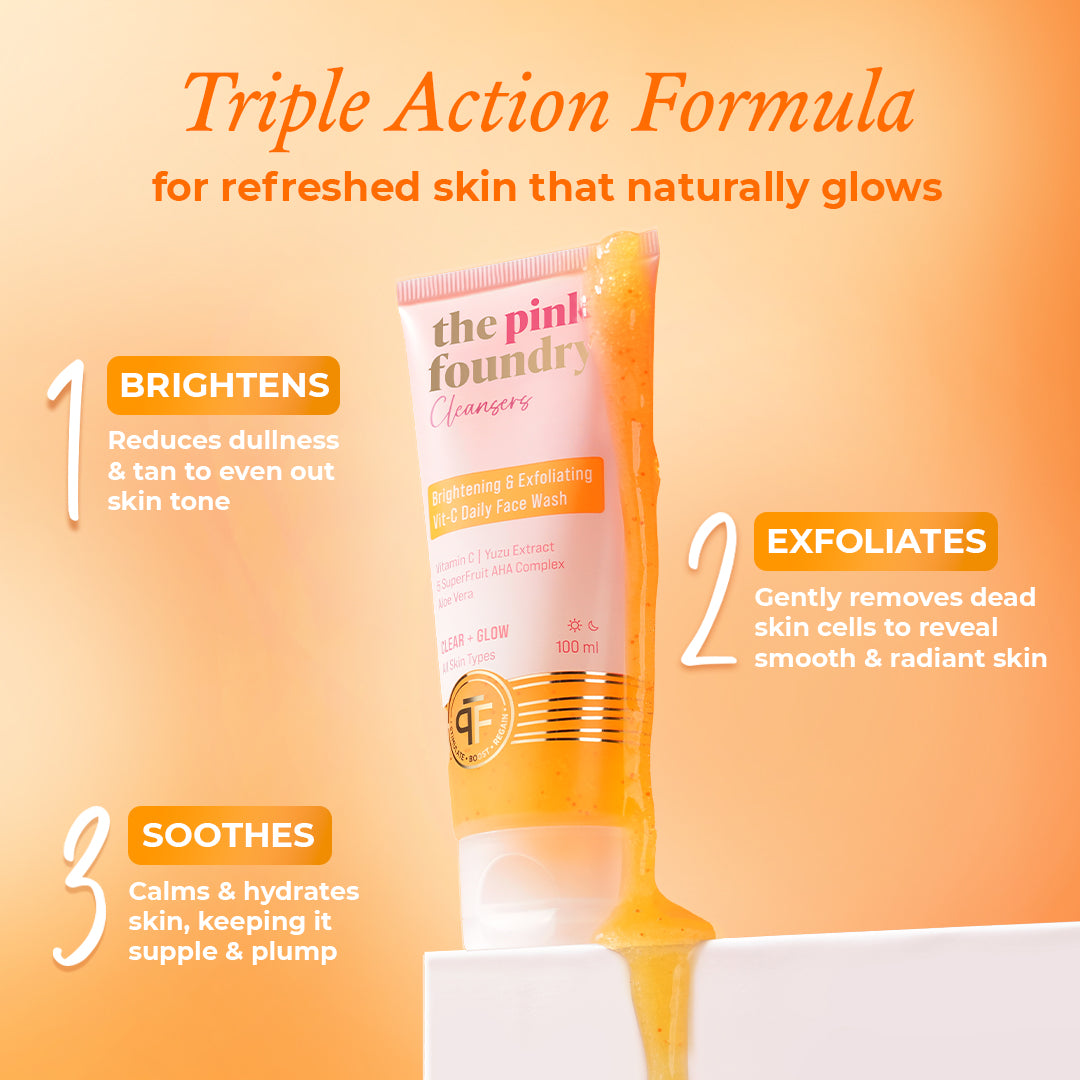
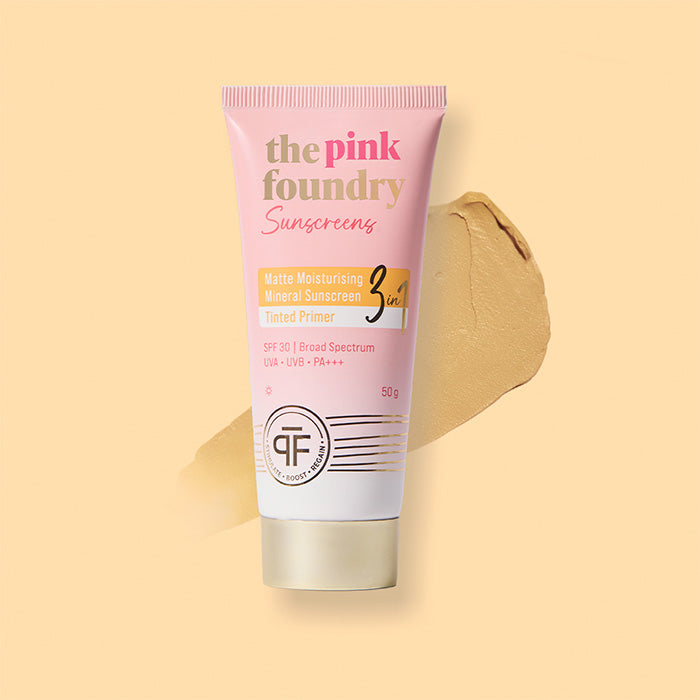
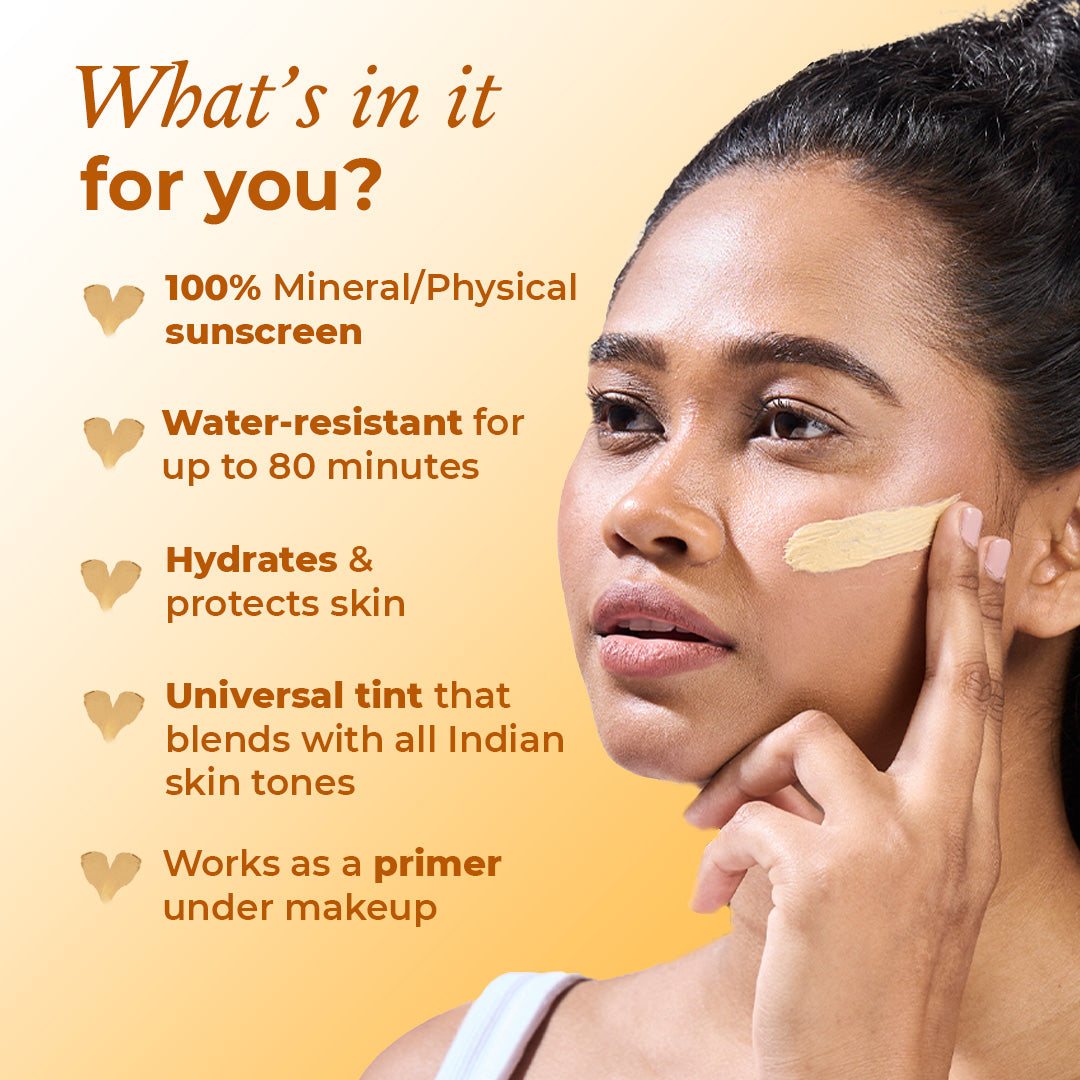
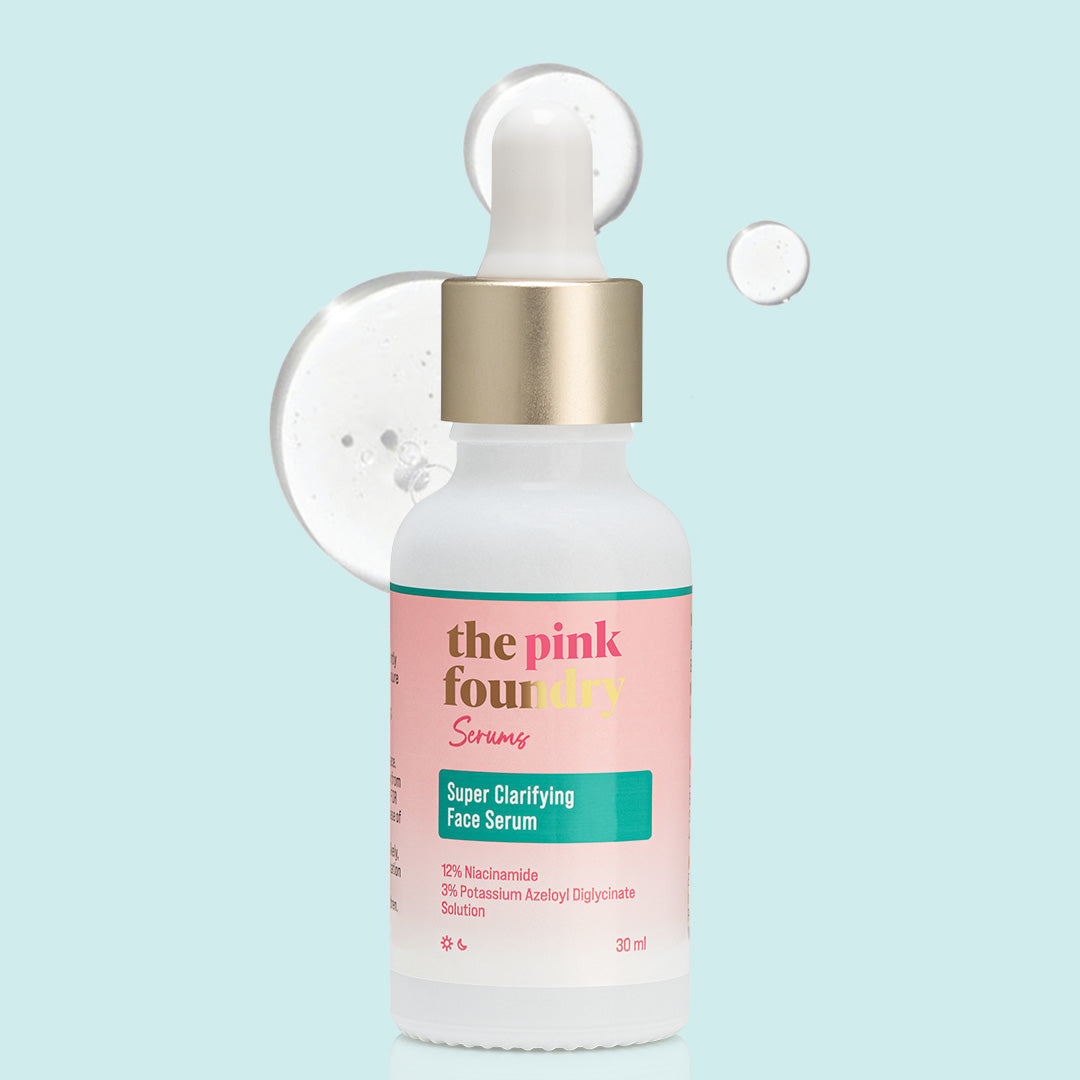
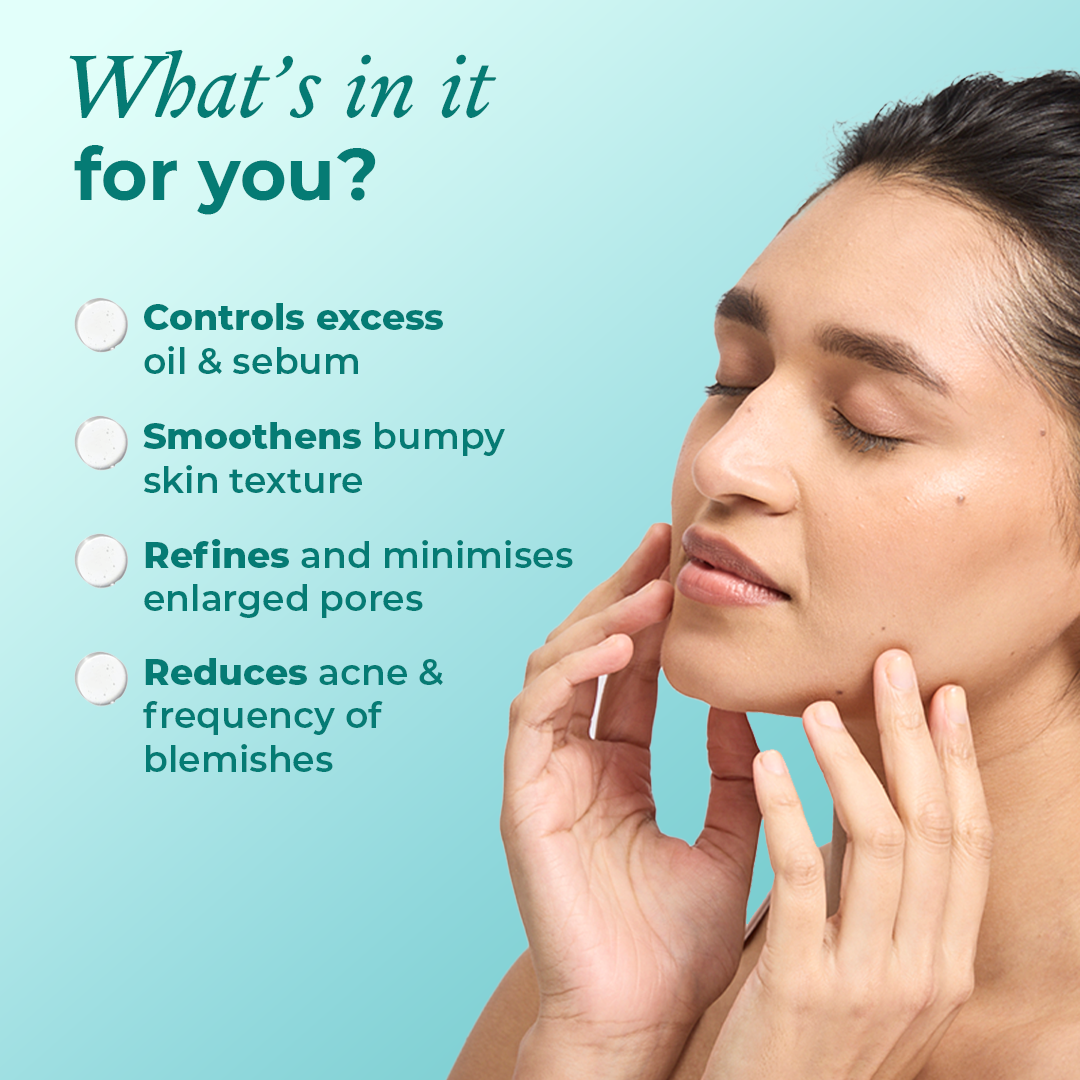

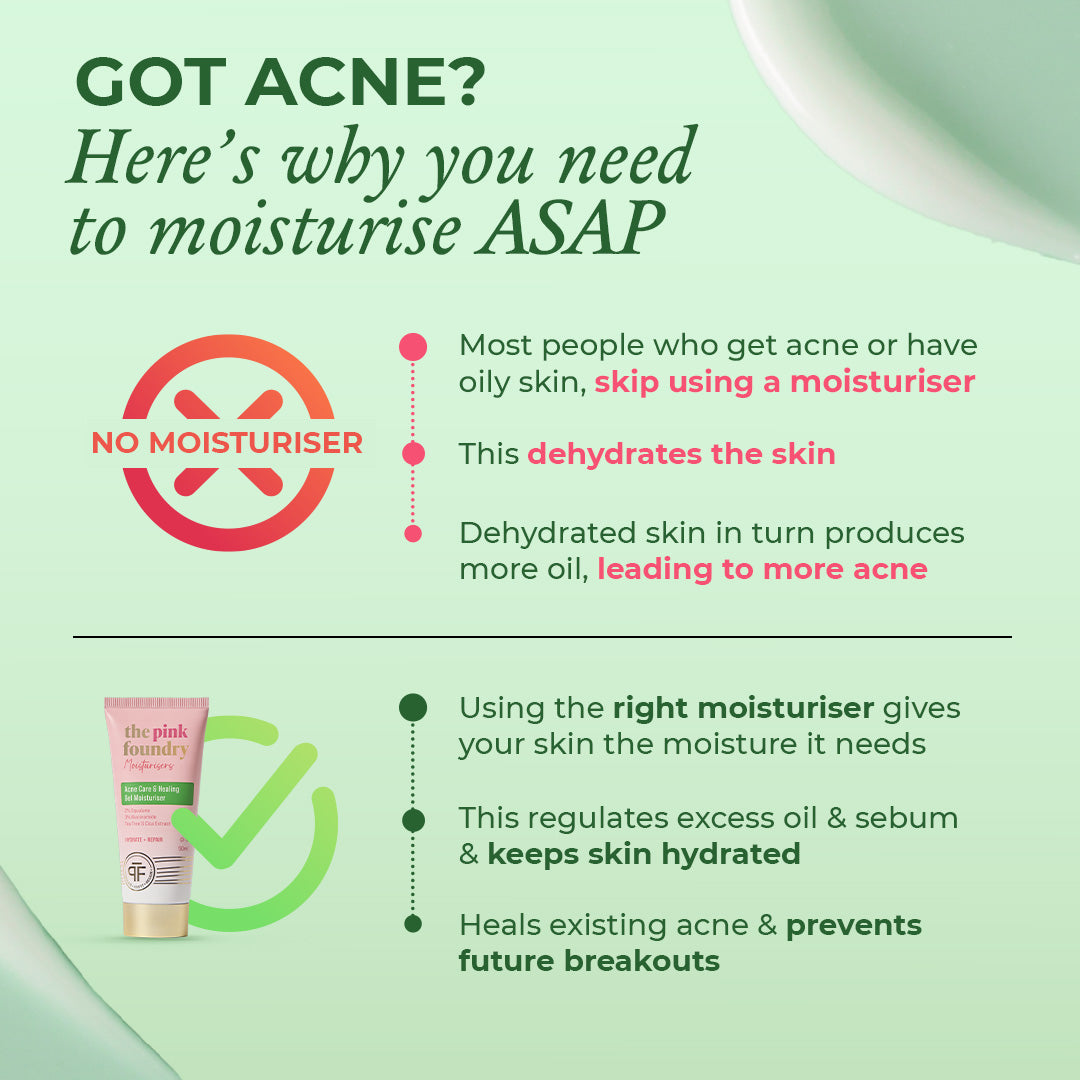
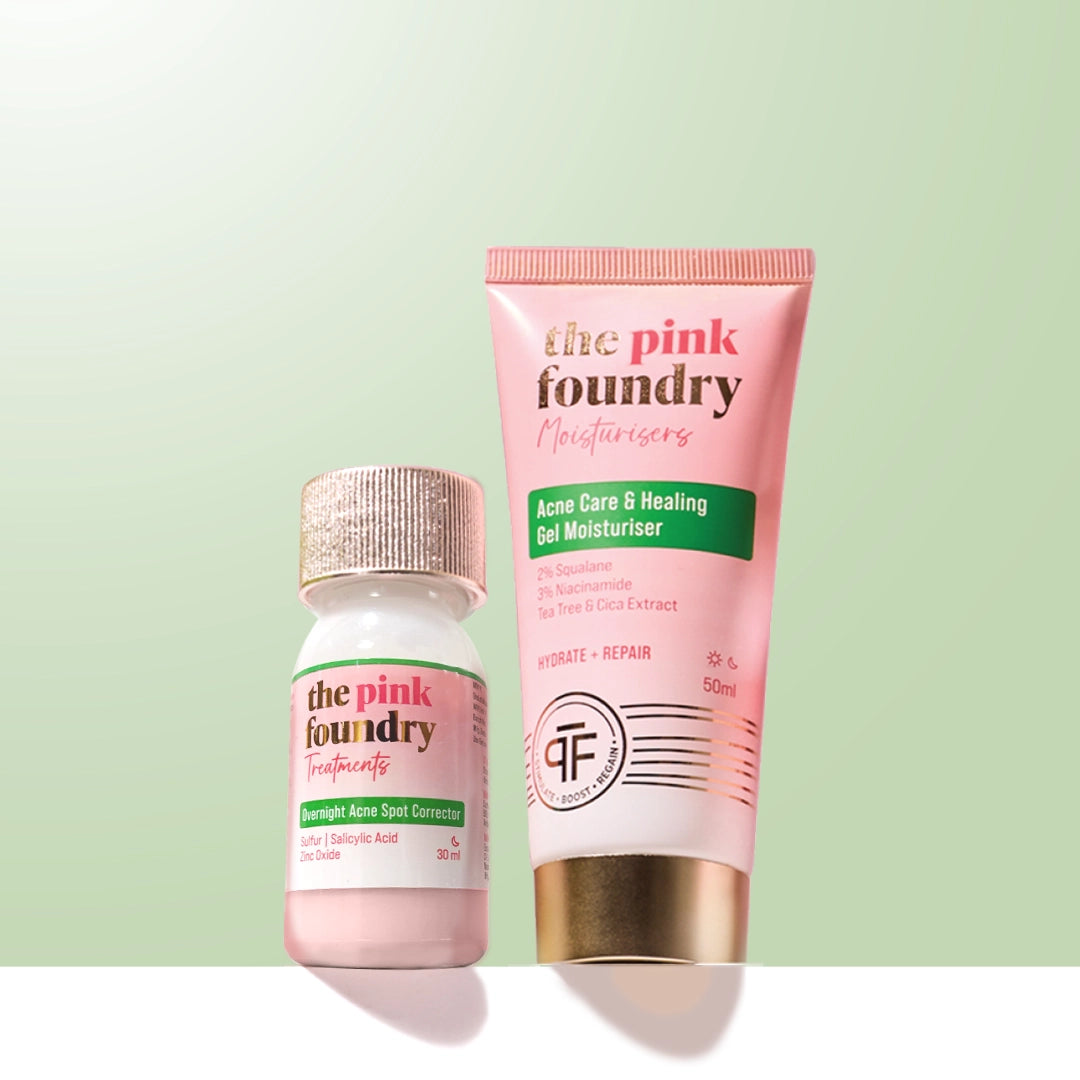
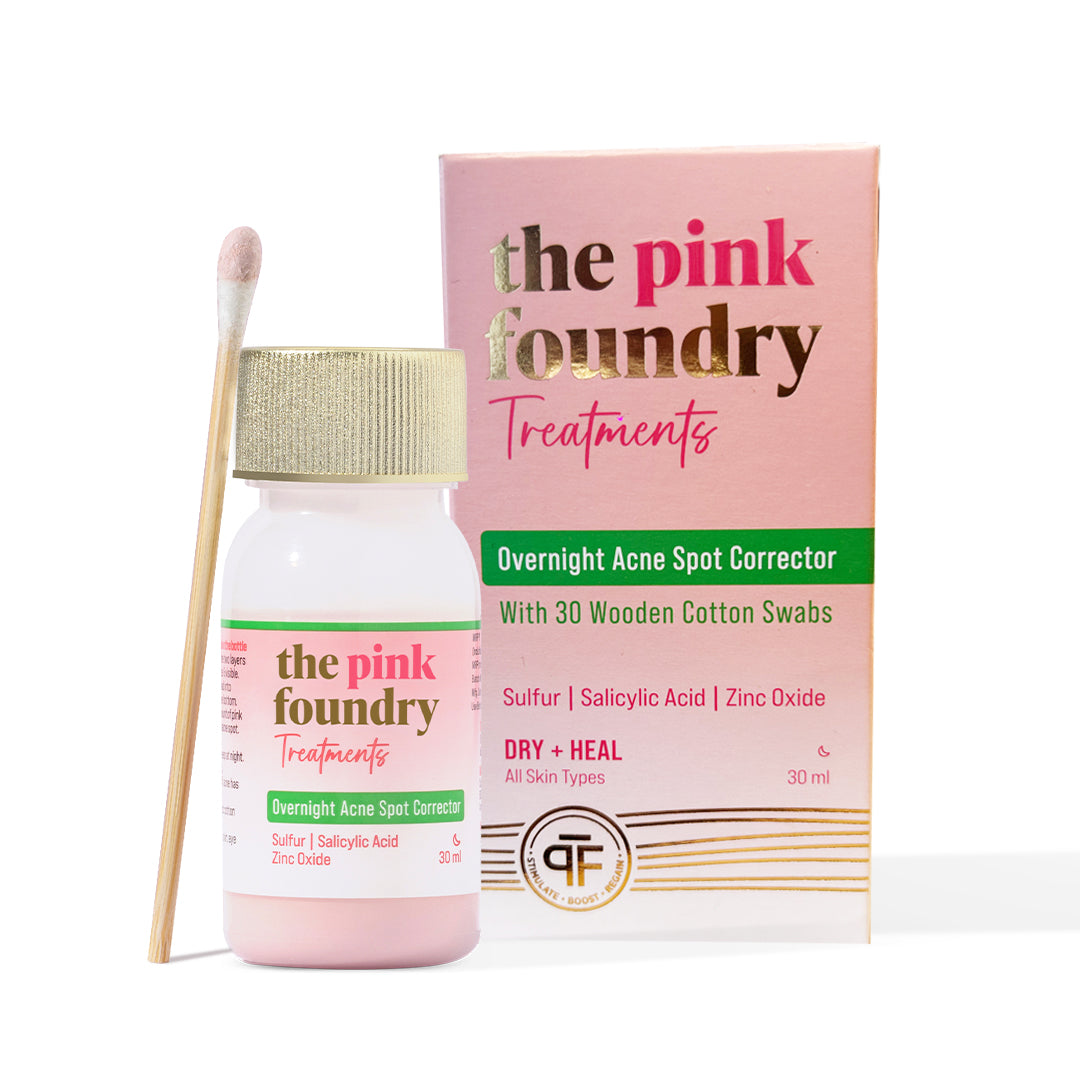
Leave a comment
This site is protected by hCaptcha and the hCaptcha Privacy Policy and Terms of Service apply.